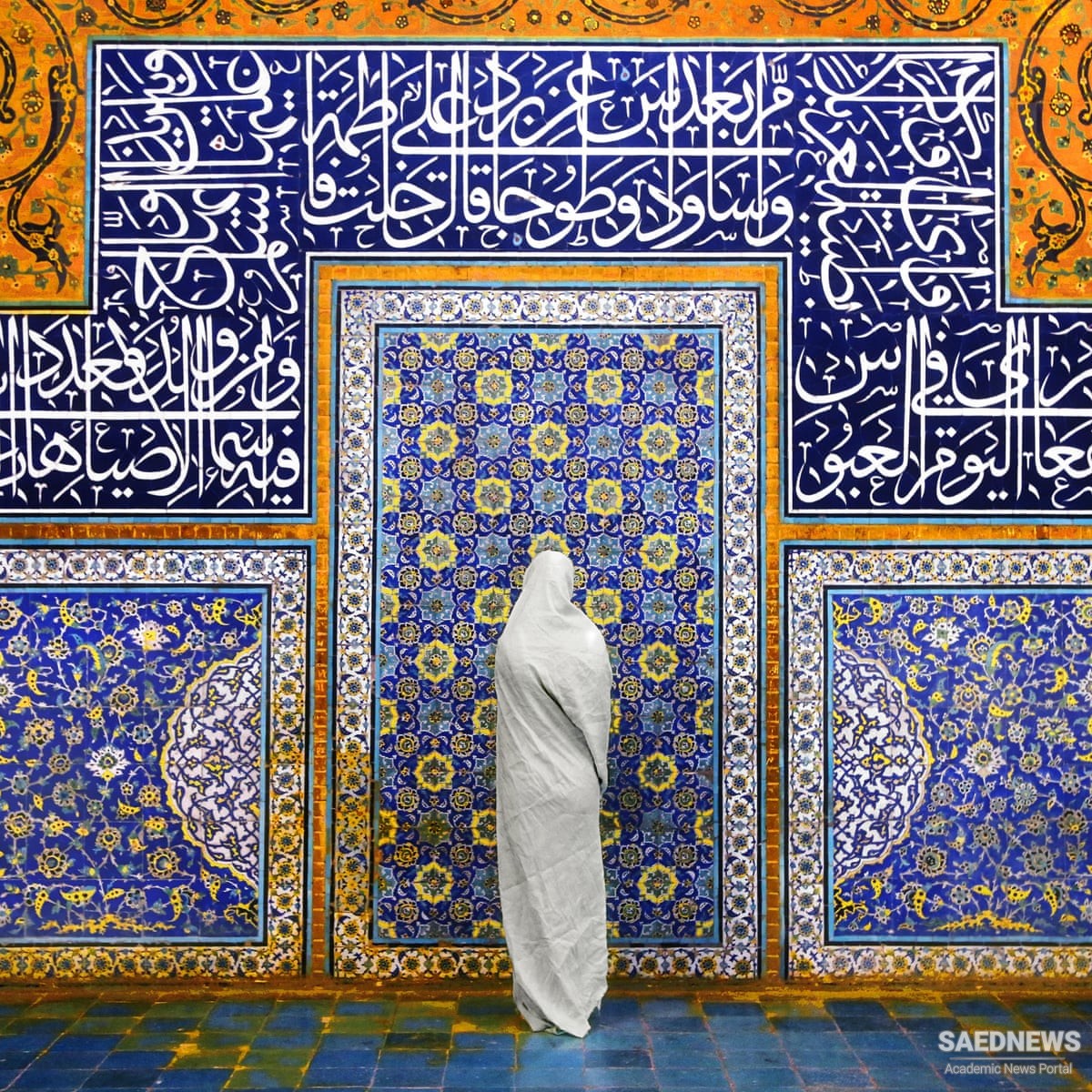Shia Islam in Iran has always embraced diverse, even contesting, religious experiences. It has given birth to messianic aspirations and numerous apocalyptic movements, of which the most significant is the Safavid movement, the genesis of today’s Shia Iran. It has also produced a conservative body of scrupulous jurists with an enduring legal legacy that is at the core of today’s clerical establishment. It has generated a folk religion with gripping rituals and mourning ceremonies, and it has spawned speculative, mystical and philosophical schools of great sophistication unique in the Muslim world. Most notably, it has generated a radical Islamic ideology, and subsequently an Islamic Revolution, that for the first time in Shi'i history brought to power the Shia clerical establishment. Iran has been a fertile ground for the growth and survival of Shi'ism almost from its beginning and has given it state support, at least since the sixteenth century in the face of Sunni hostility. It was, and still is, an essential core of Iranian identity and a dominant feature in the shaping of Iranian history even before the Safavid period (1501–1732), when it was declared the state’s official creed.


 Shia Islam and Early Modern Culture of Persia
Shia Islam and Early Modern Culture of Persia














































